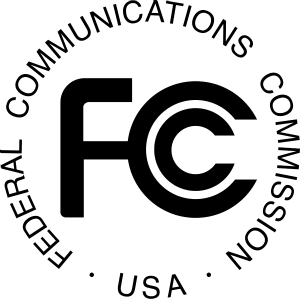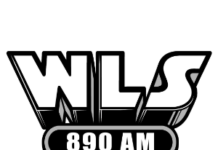
We could be in the early stages of big Clear Channel AM stations battling with smaller mom and pop AM stations who are looking to serve their local communities when the sun goes down. It’s an issue the NAB does not take a position on because there are many stations on both sides of this issue. Many Class A AM stations have been asking listeners to sign a petition to stop the FCC’s plan to allow other AM stations to maintain power at night.
A new organization called The AM Radio Alliance is made up of Alpha, Bonneville, CBS, Cox, Cumulus, Entercom, Family Stations, The Grand Ole Opry, Greater Media, Hearst, Hubbard, iHeart, NRG, Scripps, Townsquare, Tyler Media, and Tribune. The group of radio companies was organized to pressure the FCC to back away from its plan to allow small AM stations to maintain power at night as the Commission tries to revitalize the AM band.
The Alliance has submitted comments to the FCC asking the government agency to take the steps necessary to “truly” revitalize AM radio and avoid putting a plan in place that would damage Class A signals. The Commission has proposed allowing some AM stations to retain power at night, which Class A owners say will interfere with their signals, which have long been able to send their booming signals across many states.
The Alliance says the FCC made this decision without sufficient study and has filed these comments. The group says Class A AM stations have played invaluable roles providing the public with critical and often life-saving information in times of severe weather, natural and man-made disasters and other emergency and public safety events. The group says the FCC’s plan would make tens of millions of listeners subject to new reception-destroying interference on the AM band if the Class A stations were not protected.









So, if our AM “protecting” Shreveport, LA and Vancouver, WA, both thousands of miles away is allowed to remain on the air overnight with 10 watts we’re going to DAMAGE the signal of those BIG stations? This thing was written in 1934 and its way past time we got to serve our local community 24 hours every day.
Just a little bit of night power PLEASE!!! Without having to build a seven tower array!!!
Sorry Mike, there is no such thing as “capture ratio” in AM. It’s unique to the physics of FM modulation.
AM signal quality is defined by signal-to-noise ratio (SNR). This is generally defined as 26 dB, or the desired signal 20 times the interfering signal, for average listening. However, AM degrades gracefully with decreasing SNR, as opposed to FM which just falls off a cliff. Thus, a talk radio program might be entirely understandable with an SNR of only 10 dB or so, a 3.3 times desired to undesired signal.
One of the most destructive interference artifacts in AM is the “pumping” of the receiver automatic volume control because of small offset of a few hertz between carriers. A significant part of the co-channel interference between stations could be eliminated if the FCC mandated all AM stations to use precise carrier frequencies, essentially synchronizing all co-channel stations. With GPS and telcom network precise timing signals being ubiquitous, this could be done for a few hundred dollars per station!
I’m in favor of smaller stations getting a better chance at serving their communities. The situation, especially for class D stations with tiny amounts of night power and adjacent to a class A running IBAC (IBOC is a misnomer) is out of hand.
One technical aspect I have not seen mentioned in any of the less technical trades is capture ratio. This is a ratio between desired and undesired signal. That ratio needs only to be 2:1 with Frequency Modulation. With Amplitude Modulation that ratio is about 100:1.
So any of the present proposals won’t make reception terribly much better than it has been because of the immense capture ratio required to get to “interference-free.” By the same reasoning, allowing a station co-channel with a class I-A to increase its power from, say, 50 watts to 200 or 250 watts is not going to make much of a dent in the dominant station’s coverage in normal times but may make a decent difference in usable coverage area for the class D.
The FCC can still retain the authority to revoke such license should a situation develop which can only be handled through a handful of wide-area coverage stations. Just like the commission can take back pre-sunrise and post-sunset authorities now.